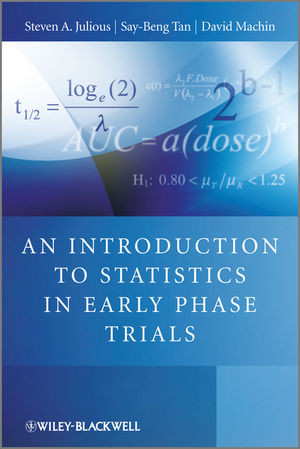

Most ebook files are in PDF format, so you can easily read them using various software such as Foxit Reader or directly on the Google Chrome browser.
Some ebook files are released by publishers in other formats such as .awz, .mobi, .epub, .fb2, etc. You may need to install specific software to read these formats on mobile/PC, such as Calibre.
Please read the tutorial at this link: https://ebookbell.com/faq
We offer FREE conversion to the popular formats you request; however, this may take some time. Therefore, right after payment, please email us, and we will try to provide the service as quickly as possible.
For some exceptional file formats or broken links (if any), please refrain from opening any disputes. Instead, email us first, and we will try to assist within a maximum of 6 hours.
EbookBell Team

4.8
44 reviewsAn Introduction to Statistics in Early Phase Trials is an essential guide for all researchers working in early phase clinical trial development, from clinical pharmacologists and pharmacokineticists through to clinical investigators and medical statisticians. It is also a valuable reference for teachers and students of pharmaceutical medicine learning about the design and analysis of clinical trials.Content:
Chapter 1 Early Phase Trials (pages 1–12):
Chapter 2 Introduction to Pharmacokinetics (pages 13–35):
Chapter 3 Sample Size Calculations for Clinical Trials (pages 37–53):
Chapter 4 Crossover Trial Basics (pages 55–69):
Chapter 5 Multi?Period Crossover Trials (pages 71–85):
Chapter 6 First Time into Man (pages 87–111):
Chapter 7 Bayesian and Frequentist Methods (pages 113–124):
Chapter 8 First?Time?into?New?Population Studies (pages 125–138):
Chapter 9 Bioequivalence Studies (pages 139–167):
Chapter 10 Other Phase I Trials (pages 169–185):
Chapter 11 Phase II Trials: General Issues (pages 187–196):
Chapter 12 Dose–Response Studies (pages 197–210):
Chapter 13 Phase II Trials with Toxic Therapies (pages 211–222):
Chapter 14 Interpreting and Applying Early Phase Trial Results (pages 223–230):
Chapter 15 Go/No?Go Criteria (pages 231–244):